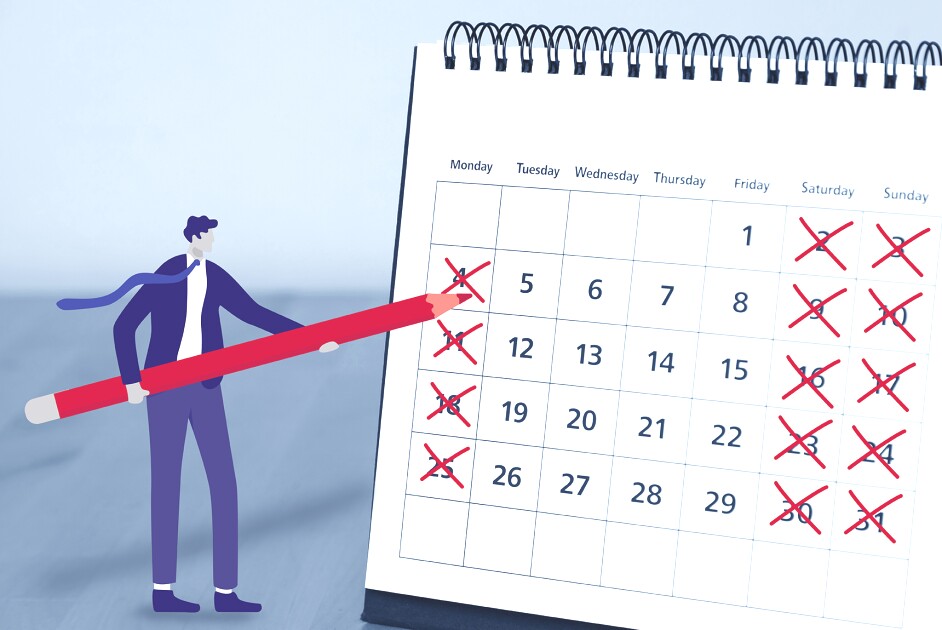While schools are required to provide academic support for students with disabilities, a new study suggests the nondisabled siblings of disabled students may also be academically at risk.
Those brothers and sisters are 60 percent more likely to drop out of school than students without disabled siblings, according to a University of California, Riverside, study, presented at the annual American Sociological Association conference here. Moreover, sisters of disabled students are particularly disadvantaged. They complete one-plus years less schooling than girls with nondisabled siblings.
“This is a pretty large percentage of our children, and they have pretty large impacts on their families,” said Anna Penner, the study’s author and a sociology researcher at the University of California, Irvine. “Disabled children tend to require more resources,” she said. “So the family’s resources could be centered on that child and the sibling could have less.”
About 6.4 million students ages 3 to 21 have a disability, accounting for 13 percent of P-12 public schoolchildren, according to the most recent 2010-11 data from the National Center for Education Statistics. Based on those data, Ms. Penner estimated a third or more students may have at least one sibling with a disability.
“We know autism is something that happens to the whole family,” said Lisa Goring, the vice president for family services for Autism Speaks, a New York City-based advocacy group. “The stressors are unique to each family, but in general, parents have to spend a lot of time managing the education of the student with autism and the services involved, and that can make it challenging to provide support and spend time with the siblings.”
Prior studies have shown that having a child with disabilities can cause general family stress: Parents have a higher risk of divorce and mothers a higher risk of depression. Yet other studies have shown siblings of students with disabilities can have better social skills and compassion than those without such siblings.
Families Affected
The study looks at more than 5,200 young adults ages 19 and older, who participated in the National Longitudinal Survey of Youth from 1986 to 2010. Each of the young people in the group had at least one sibling, and 1,974 of them had a sibling with a disability.
The siblings mentioned in the study had a wide range of moderate to severe disabilities, including deafness, autism, epilepsy, chronic nervous disorders, and severe physical or medical conditions. Ms. Penner said she plans to break down the effects of individual disabilities on students’ brothers and sisters in a future study.
After controlling for differences in students’ race, socioeconomic status, birth order, and family size, the study shows that women who had a sibling with a disability completed .62 fewer years of schooling—more than a semester’s worth of credit—than women with typically developing siblings. If a girl had a sibling with disabilities, her likelihood of dropping out of high school jumped from 15 percent to 27 percent—wiping out the gender gap that normally favors girls’ graduation rates.
Dwindling Time
Brothers were not as deeply affected by their siblings’ disability. For men overall, the difference between having a disabled or typically developing sibling was not significantly different when it came to academic achievement. Older brothers of disabled children proved slightly more likely to complete high school and additional years of schooling, while younger brothers and sisters of any age showed fewer years of schooling and less likelihood to graduate from high school.
However, for each additional sibling in the family, the brother or sister of a disabled student completed on average .13 fewer years of school, further suggesting that families struggled to provide enough time and resources for all their children when one required particular care.
Ms. Goring noted that schools and community organizations often provide support programs for siblings of students with disabilities—such as the Seattle-based Sibling Support Project—but those usually focus on social support, as students with disabilities and their siblings are at a higher risk of bullying. She knew of no academic programs targeting siblings of students with disabilities.
Ms. Penner, the study’s author, suggested that families may have different expectations for the brothers and sisters of a disabled child.
For example, prior studies have found sisters tend to perform eight hours more “care work"—such as baby-sitting or cooking for the family—than their brothers each week. And interviews with brothers of disabled siblings have suggested they feel more pressure to succeed academically to “make up for” a disabled sibling’s challenges and be able to provide for him or her financially.







